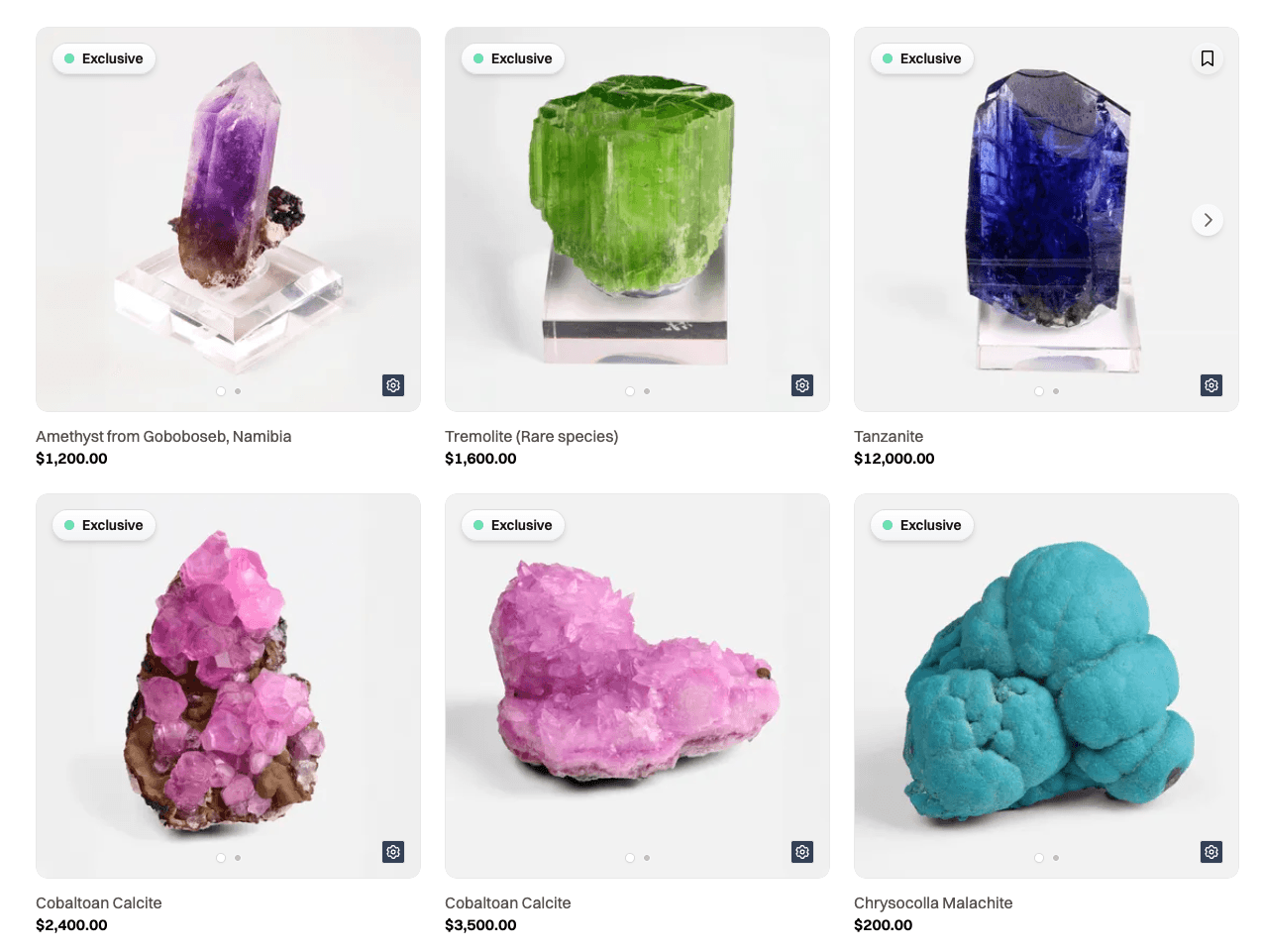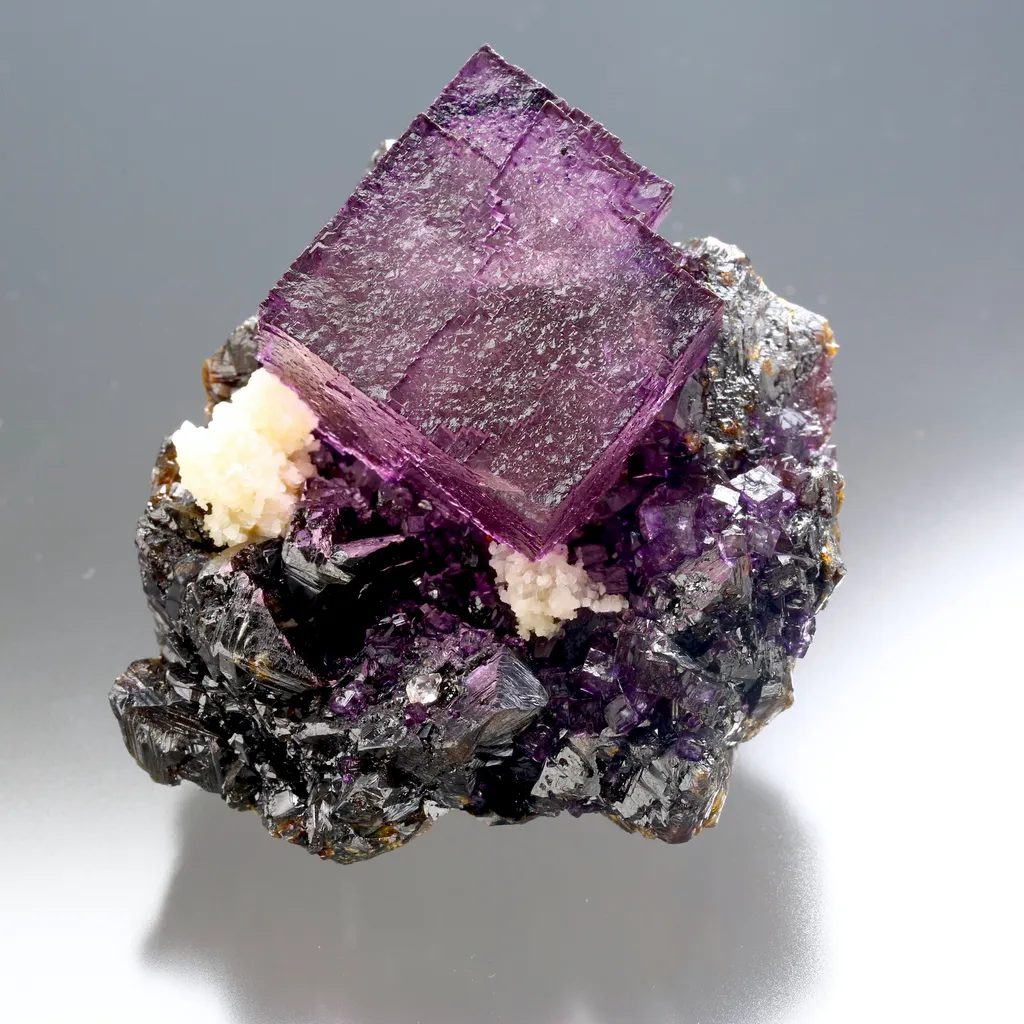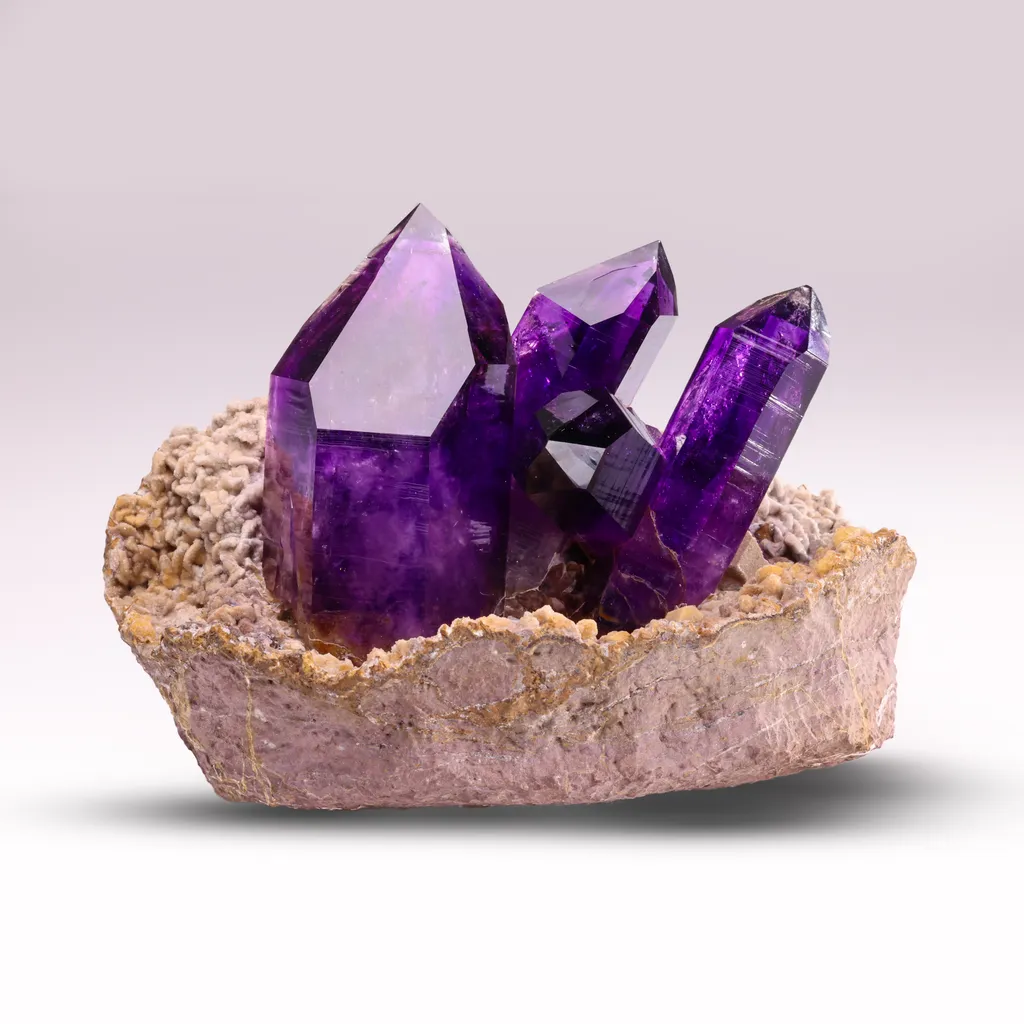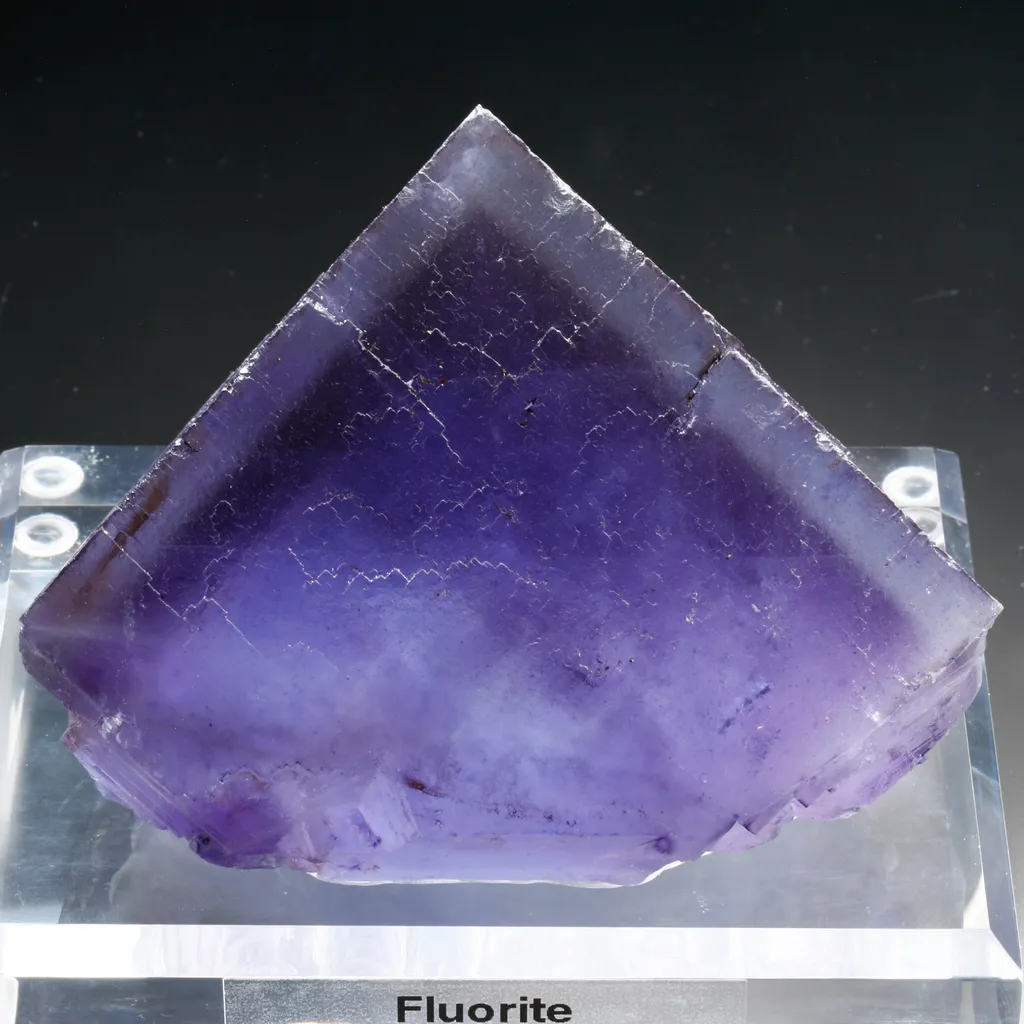Tucson Show And Localities: Elmwood Mine, Erongo Region, Denton Mine | EarthWonders Newsletter #3
Every week we bring you new EarthWonders platform features and mineral locality spotlights. What localities and features do you want to see next? Tell us at newsletter@earthwonders.com or ping us on Instagram. If you are reading this and haven't subscribed to the newsletter - subscribe now! If you missed the first issue of the newsletter - you can read it here.
The Wait Is Over - Private Collectors Can Sell
EarthWonders now allows private collectors in the US to sell their specimens! All collectors, including those who joined the waitlist, can now list your specimens on EarthWonders and set up your personal store. We are launching international sales next - stay tuned for updates.
EarthWonders In Tucson - Free Photography for Exclusive Listings
Our pop-up photography studio in Tucson at 248 West Lester Street is now open and ready to photograph your specimens and list them exclusively on EarthWonders. Our team will help you set up your online collection or store and photograph your specimens for free if you are only listing the item on EarthWonders. We offer a low 10% commission, secure credit card payments and payouts via PayPal, bank transfer or check.

New Localities
We are bringing you new mineral specimens every day with over 75 000 items for sale, in private collections and museums!
Check out this week's localities that bring the most striking blue and purple specimens we've seen at the Tucson show so far:
Email us or Instagram us your favourite localities and if you can't find them on EarthWonders we will work on them next!


